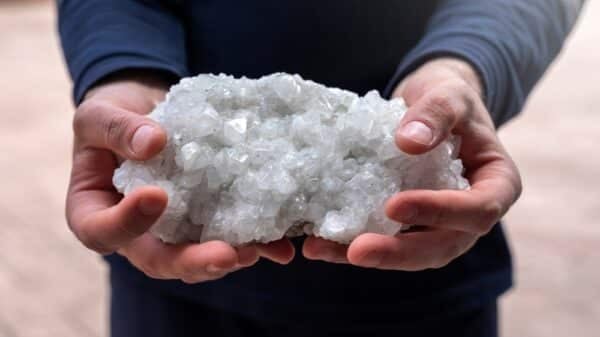Yoni steaming, often referred to by various names including *choi yok*, *bajo*, *v-steam*, or even “vaginal fumigation,” is an ancient ritual that is regaining popularity among women today, particularly within wellness and holistic healing circles. Originally a deeply cultural ceremony, this practice has been rediscovered by women seeking compassionate and natural ways to heal, foster balance, and reconnect with their bodies.
At its core, yoni steaming is a simple yet profound experience. It invites women to take a moment out of their busy lives to honor and nurture themselves on a very intimate level. So, what does it actually entail? When you engage in yoni steaming, you typically sit, kneel, or squat over a steaming bowl of water that has been infused with a blend of specific medicinal herbs. It’s almost like wrapping yourself in a warm, fragrant hug—one that aims to soothe not just the physical body but also to touch your innermost spirit.
Often, a large towel or cloak is wrapped around the waist or shoulders to create a mini sauna effect. This helps to trap the steam and make the experience even more therapeutic. The heat from the steam opens your pores, allowing those fragrant herbs to work their magic as they’re absorbed through the delicate mucosal tissues of the vulva and vagina, making their way directly to your pelvic organs.
In terms of physical benefits, the advantages of yoni steaming are abundant. Many women find it particularly helpful for postpartum healing—supporting tissue repair, reducing swelling, and preventing infection as the body recovers from childbirth. Others turn to yoni steaming as a way to balance irregular menstrual cycles, helping to regulate cycle length and reduce painful periods. This ancient practice can even help ease discomfort from menopause and alleviate symptoms like vaginal dryness and emotional imbalances.
Yoni steaming is not solely about the physical body; it can have a significant emotional and spiritual impact as well. The womb, often viewed as not just a reproductive organ but also an energetic storage space for emotions, holds onto unprocessed grief, trauma, and suppressed creativity. Many women report feeling lighter, more aligned with their emotions, and more connected to their intuition after regularly practicing yoni steaming.
When we consider the herbal elements typically involved in yoni steaming, you’ll find a wealth of plant allies. Common choices include lavender for its soothing properties and infection-fighting capabilities, sage, which acts as a natural cleanser, and raspberry leaf, known for its toning effects on the uterus. The specifics can vary depending on individual needs, and some opt for herbs like chamomile or calendula to add to their steams.
Ultimately, yoni steaming is more than just a physical treatment; it’s a journey of self-care and introspection. It encourages women to slow down, reconnect with their sacred bodies, and honor the rich lineage of women who have practiced this age-old ritual. By embracing this nourishing experience, we send a powerful message to ourselves: “I trust my body and honor my cycles. I reclaim my power.”
It’s essential to approach yoni steaming with openness, keeping in mind that it is not a replacement for professional medical care. If you’re dealing with significant reproductive or gynecological issues, consulting a healthcare professional should always be a priority. Yoni steaming can serve as a complementary practice, one that allows women to feel engaged in their own healing journey, balancing the wisdom of ancient traditions with modern wellness.
This journey of rediscovering ourselves and our bodies through practices like yoni steaming is significant—not just for our physical health, but for our overall well-being. As we partake in this age-old ritual, we honor not only ourselves but the collective feminine energy that has traversed time, reminding us of the sacredness within and around us.
Image Source: Tatiana Buzmakova / Shutterstock

































